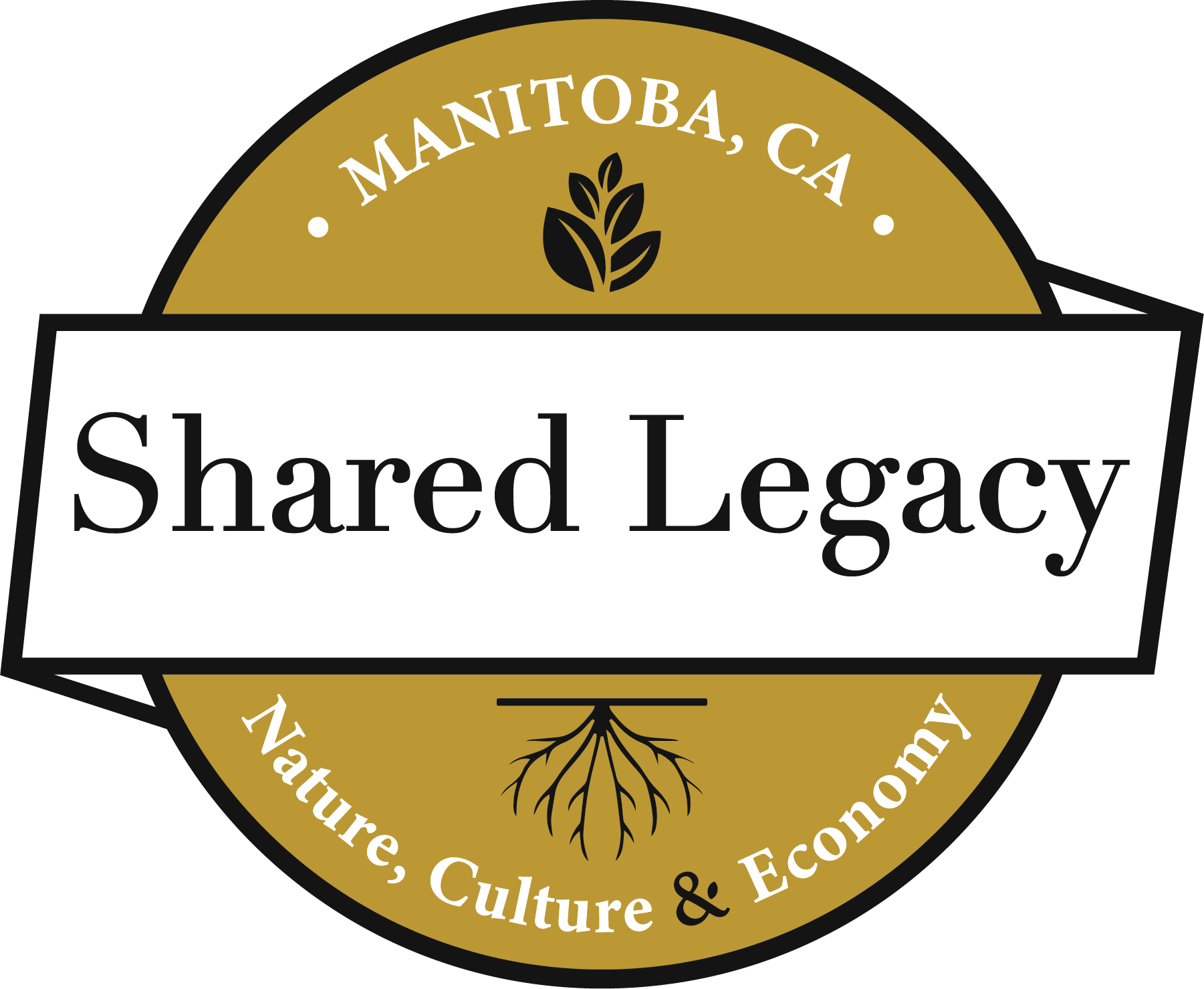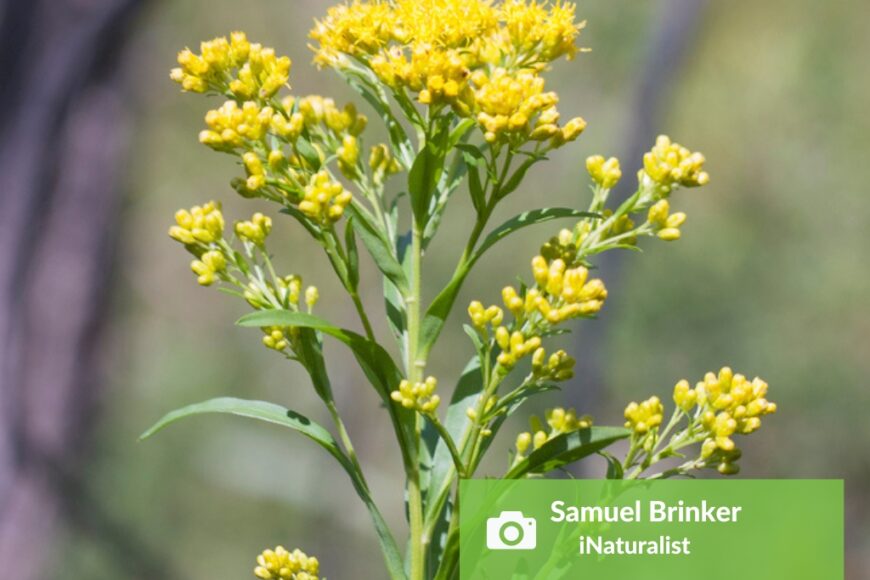Dawson Trail Dispatch, written by Norm Gregoire, September 2022
Page 10 https://issuu.com/dispatch222/docs/dawson_trail_dispatch_september_2022
September marks the changing of summer to fall. It is a time for many species to prepare for the upcoming winter. I have always associated the goldenrod family with this time of year, as this is when they persist in their full glory. In Canada there are over 30 species of goldenrod, and in the tall-grass prairie we have our fair share. Out of these species one is considered at-risk and that is Riddell’s goldenrod.
Riddell’s goldenrod are named after John Leonard Riddell, an accomplished American professor, botanist, writer, and medical doctor. It was not Riddell himself that named the flower, but a German botanist, Joseph Frank. The two men became acquainted as Frank travelled across the United States collecting specimens for the German Botanical Society. The Latin name for goldenrod is “Solidago” which translates to “make whole”. This is in reference to the family being quite medicinal. The plant can be used for anything from digestive issues to sore throats. Please note that only an experienced herbalist should make use of these medicinal properties.
Riddell’s goldenrod may be easily confused with other goldenrod of the tall-grass prairie. They can reach heights of one metre tall and have yellow flower clusters that support tiny individual flowers. Riddell’s goldenrods have strongly curved and partially folded leaves, giving it a v-shape in cross-section.
The habitat requirement for Riddell’s goldenrod includes large amounts of sunlight, especially in early growth development. With this in mind, disturbances such as grazing, drought and wildfire are key to where the flower will grow. These disturbances reduce competition from other species; reduce shading from the thatch layer (tightly intermingled layer of dead and living roots, leaves, and stems) and also keep woody encroachment at bay. Riddell’s goldenrod is found throughout the tall-grass prairie, most commonly in shrubby fens or ditches and road allowances.
So why not visit the Manitoba Tall Grass Prairie Preserve to see Riddell’s goldenrod for yourself?
Manitoba Tall Grass Prairie Event
I am inviting all to a unique event “Writing the Tall Grass Prairie with Sarah Ens”. This is being held September 24, 1pm-330pm at the Weston Family Tall Grass Prairie Interpretive Centre. Spend an afternoon in the tall-grass prairie with poet Sarah Ens, as she shares from her latest book, Flyway, and explores this important natural landscape with a guided walk through the Manitoba Tall Grass Prairie Preserve. After the reading and walk, attendees will have the opportunity to participate in a free writing mini-workshop on Writing the Tall Grass Prairie. Space is limited for this dynamic afternoon and pre-registration is encouraged. Copies of Flyway will be available for purchase. This event is brought to you in partnership with Turnstone Press and the Manitoba Writers’ Guild.
Please go to http://www.natureconservancy.ca/en/where-we-work/manitoba/events/writing-the-tall-grass.html for more information about the event.
Please email me at sarcommunityliaison@gmail.com for any assistance registering or with any questions. See you there!

